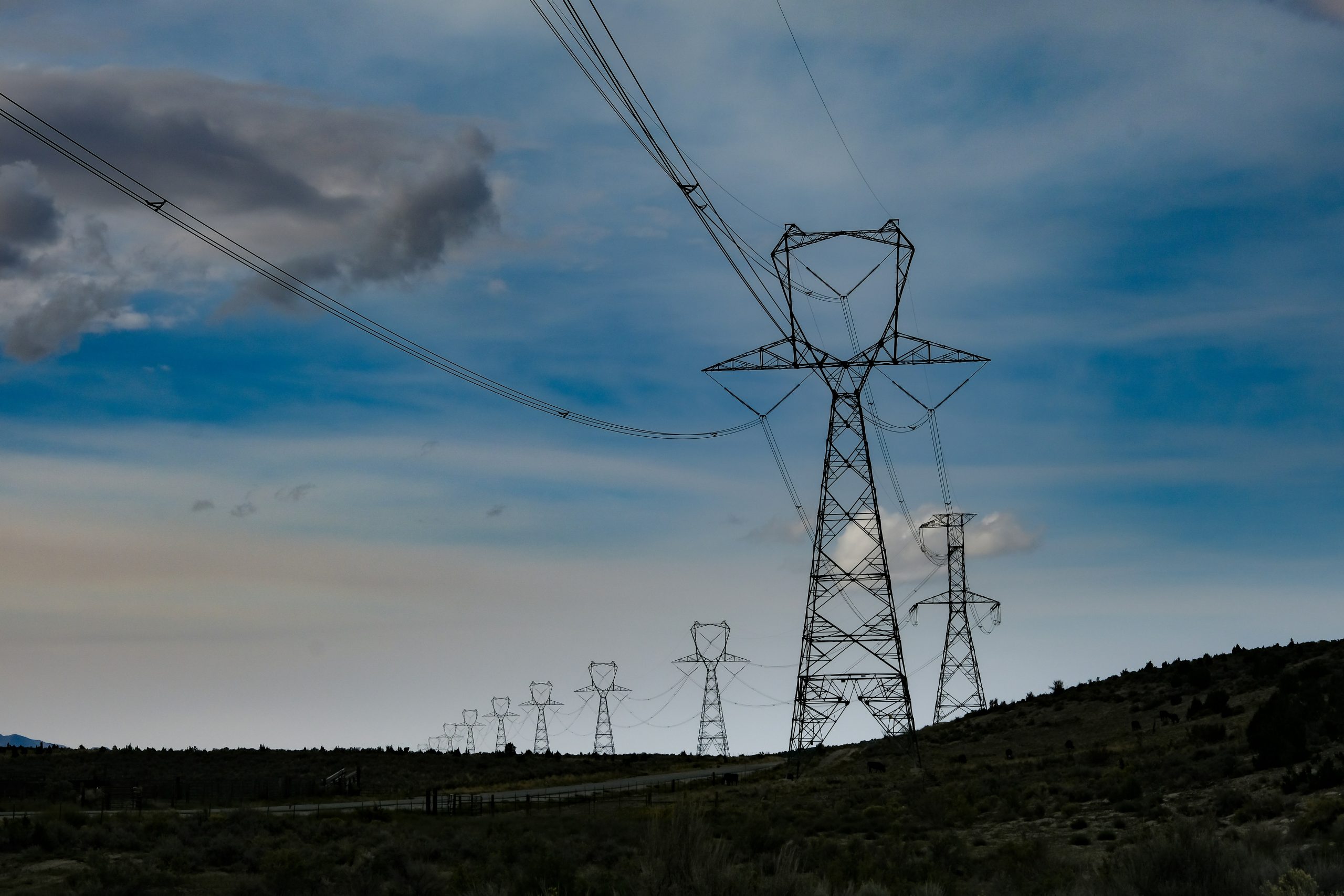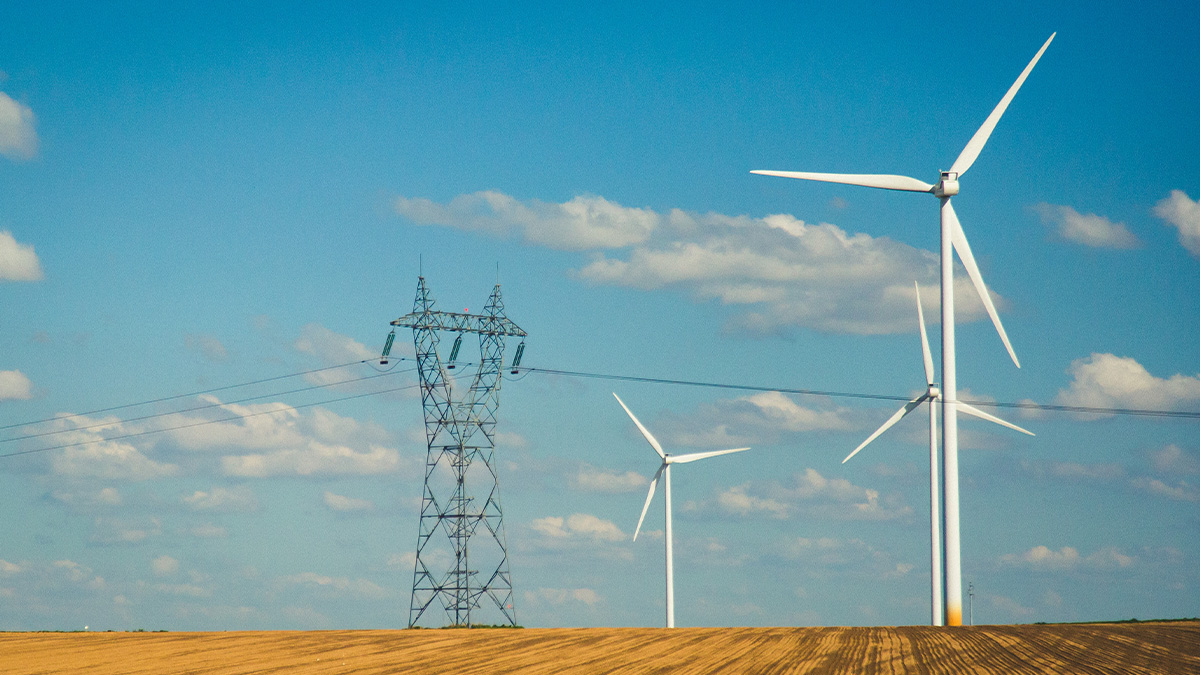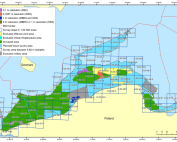During the implementation of the environmental impact assessment (EIA) for wind farms planned in the Lithuanian sea area, special attention will be paid to monitoring bird migration, which must cover two seasons – from summer to winter, informs the Lithuanian Ministry of Energy.
This condition is stipulated in the contract signed by the Lithuanian Ministry of Energy with the Institute of Marine Research and Planning. The institute that won an international tender will have to carry out this evaluation within the next two years.
“It is one of the most important preparatory works of the Ministry of Energy in the planning process of the future offshore wind farm. We will pay great attention to the fact that the environmental impact assessment study fully shows the potential environmental impact of wind farms, so that we can adapt and design solutions that will fully minimize these impacts”, said Daiva Garbaliauskaitė, Deputy Minister of Energy.
The offshore wind farm is one of Lithuania’s energy independence projects, which will produce almost 3 TWh of electricity per year, or 25 percent of Lithuania’s current electricity demand. The 700 MW installation will be launched in the years 2028-2030. The ministry emphasizes that this will require the preparation of a special plan for the Lithuanian sea area in order to develop renewable energy resources, measure wind speed and other parameters, and research the seabed.
The environmental impact assessment will analyze the potential direct and indirect environmental and public health impacts of wind farms, alternatives and mitigation measures. Various variants of offshore wind farms in the planning area will also be assessed, including their construction, operation and decommissioning.
The 700 MW offshore wind farm in Lithuania will most likely consist of 43-87 offshore wind farms. Their capacity will range from 8 MW to 16 MW, and their height will range from 140 m to 300 m.















